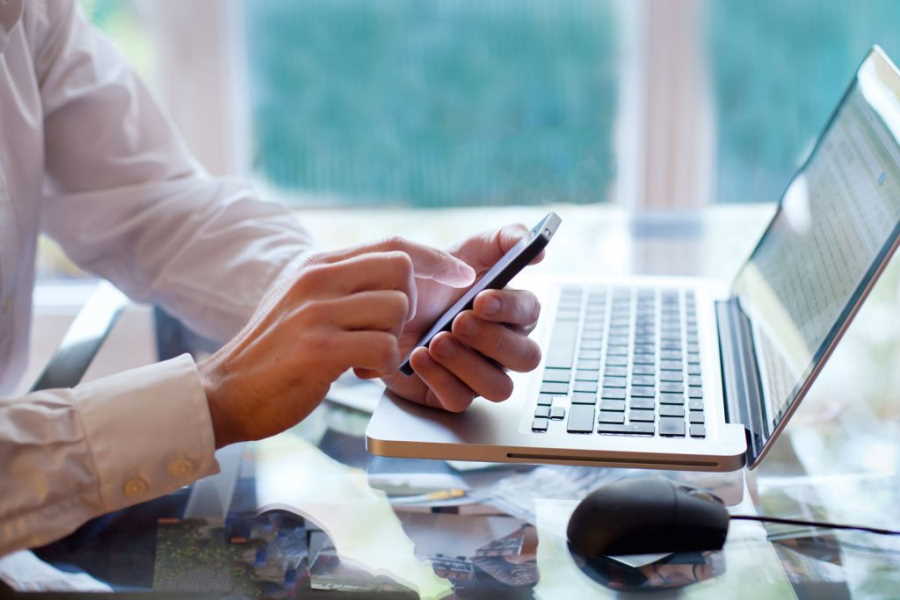Your android phone is not just a simple device for communication. These days, it works as an assistant device for your personal computer. You can now transfer files from your Android Smartphone to your PC without difficulty. If you have important documents for your business or you simply want to transfer accumulated files, you can now use different and easy methods of sending files from your phone to your desktop computer or laptop.
4 Different Methods on How to Transfer Files
1. Move Files using a USB Cable
You can directly transfer files from your device to your pc by using a USB cable. Usually, when you buy an Android smartphone, it comes with a USB cable, which works as a connector to your charger. Some phones have a separate USB cable.
To start transferring files, you simply need to plug your USB cable into your PC and connect it to your Android. Once you do this, a notification will pop out of your phone. You can choose from transfer files or charging option. Tap the transfer files and select the files, documents or images you want to send to your personal computer
2. Use a Memory Card
One of the best methods to transfer files is using a memory card. This method is ideal for sending bulk files all at once.
Memory cards serve as a temporary databank, where you can save files and later use it to transfer to another device like your Desktop PC or Laptop.
Your Android smartphones normally have a micro SD card slots to store documents, images, and videos. If you want to transfer these files to your personal computer, you only need to put your micro SD card to your card adapter or reader. Then, insert this adapter into your laptop or desktop computer.
On your desktop PC screen, the card reader will pop out at the bottom left notification bar. Click this and you can now easily drag and drop your files from the memory card to your laptop.
3. Pair with Bluetooth
Pairing with Bluetooth is another good method to transfer files. This is a reliable way of sending files because all devices now have Bluetooth connectivity feature.
To use this method, make sure to turn your Bluetooth feature on your smartphone and personal computer. This will make each device visible for pairing. Once paired, you can conveniently send any files from your smartphone to your personal computer.
Unlike the other transferring method, Bluetooth is a bit slower, especially with bigger files. You also need to make sure your battery is in full charge because this process can drain your phone’s overall performance.
4. Transfer via Email
Using email to transfer files is the most sensible, solid and dependable way. It is often handy because people can use it anywhere they want.
In addition, this is the simplest and easiest method of transferring files. You only need a secure internet connection and your email account.
From our smartphone, email yourself the files or documents you need. Then, connect your computer to a secure internet connection and open your email. You can now download the files you sent to yourself.

